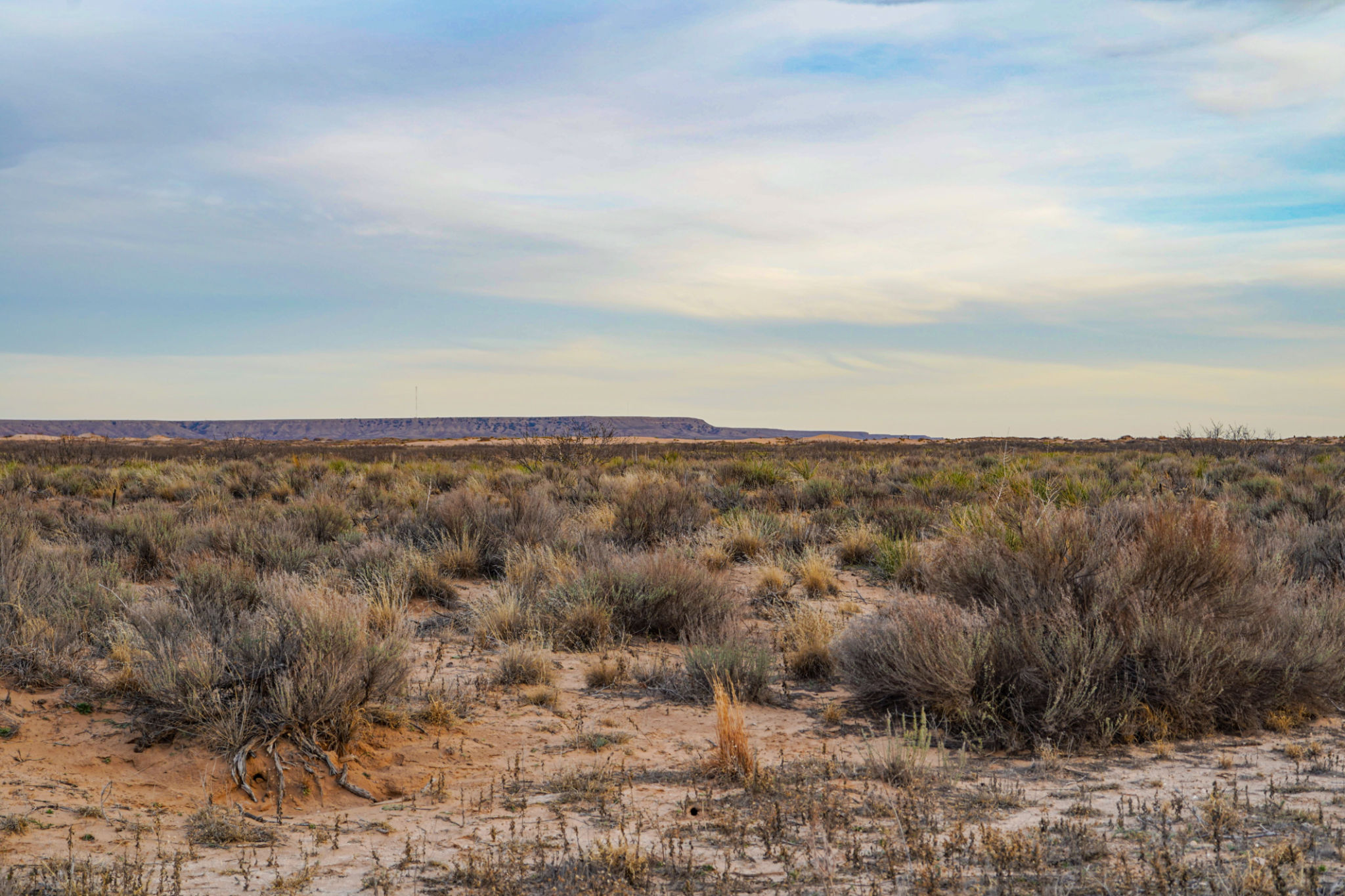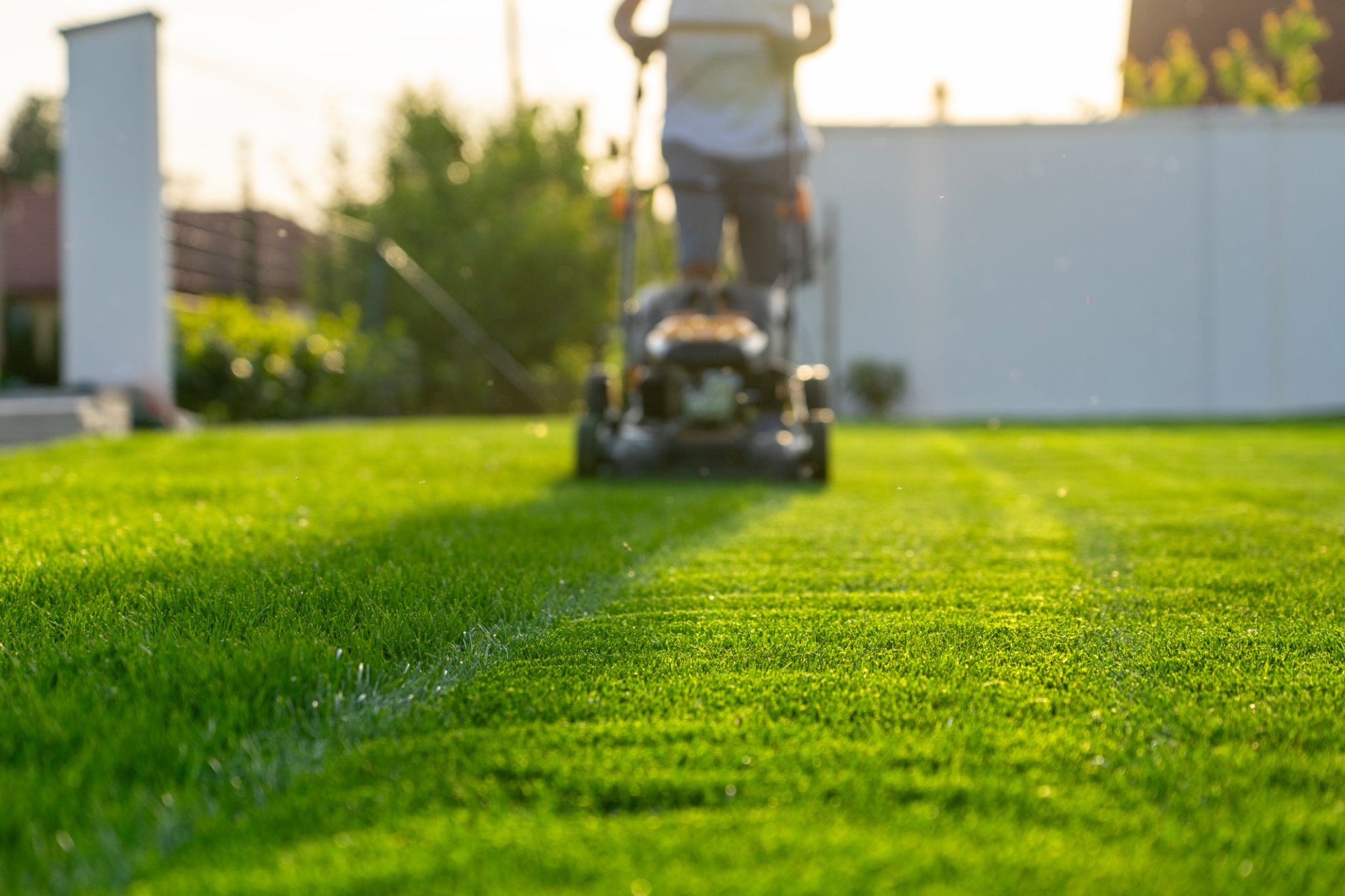DIY Landscape Maintenance Tips for Texas Homeowners
Understanding Texas Climate
Texas is a vast state with diverse climates, ranging from arid deserts to humid coastal areas. Understanding the specific climate zone of your area is crucial for effective landscape maintenance. The variations in rainfall, temperature, and soil type can greatly influence the types of plants that will thrive in your garden.
Most of Texas experiences long, hot summers and mild winters, which means drought-tolerant plants and efficient watering systems are often necessary. Research local plants that are adapted to your region's conditions to ensure a thriving landscape.

Choosing the Right Plants
Selecting the right plants for your landscape is essential. Native plants are an excellent choice as they are already adapted to the local climate and soil conditions, reducing the need for extra care. Additionally, they support local wildlife and promote biodiversity.
Consider using a mix of perennials, shrubs, and trees to create a dynamic landscape that offers year-round interest. Incorporating drought-resistant species can also save water and reduce maintenance efforts over time.
Efficient Watering Techniques
Watering efficiently is important, especially in areas prone to drought. Consider installing a drip irrigation system that delivers water directly to the roots of your plants, minimizing evaporation. Watering early in the morning or late in the evening also helps reduce water loss.
It's also beneficial to group plants with similar water needs together. This not only helps optimize water use but also ensures each plant receives the appropriate amount of moisture it requires.

Soil Management
Healthy soil is the foundation of a successful landscape. Conducting a soil test can provide valuable insights into the nutrient levels and pH balance of your soil. Based on the results, you can amend the soil with organic matter, such as compost or mulch, to improve its structure and fertility.
Mulching is particularly beneficial as it helps retain moisture, suppress weeds, and regulate soil temperature. Apply a layer of mulch around your plants to give them a better chance to thrive in Texas's hot climate.
Lawn Care Tips
If you have a lawn, choosing the right grass type is crucial. Consider warm-season grasses like Bermuda or Zoysia, which are well-suited for Texas's climate. Regular mowing, aeration, and fertilization will keep your lawn healthy and lush.
Aerating your lawn once or twice a year can improve root growth and enhance water absorption. Be sure to adjust your mowing height according to the season to prevent stress on the grass.

Pest and Disease Control
Pests and diseases can challenge any garden, but there are ways to manage them naturally. Encourage beneficial insects such as ladybugs and lacewings by planting companion plants that attract them. These insects can help control pest populations without the need for chemical pesticides.
Regularly inspect your plants for signs of trouble, such as discolored leaves or unusual growth patterns. Early detection can prevent larger outbreaks and help maintain a healthy landscape.
Seasonal Maintenance Tips
Finally, adapting your maintenance tasks to each season is essential for keeping your landscape in top shape. In spring, focus on planting and fertilizing. Summer may require more frequent watering and pest checks. Fall is ideal for pruning and preparing plants for winter, while winter offers a good time to plan and make any necessary adjustments for the upcoming year.
By staying proactive and adjusting your efforts according to seasonal changes, you can enjoy a beautiful and resilient landscape all year round.

